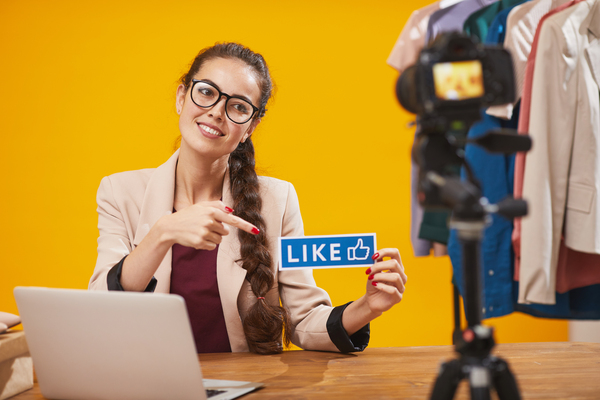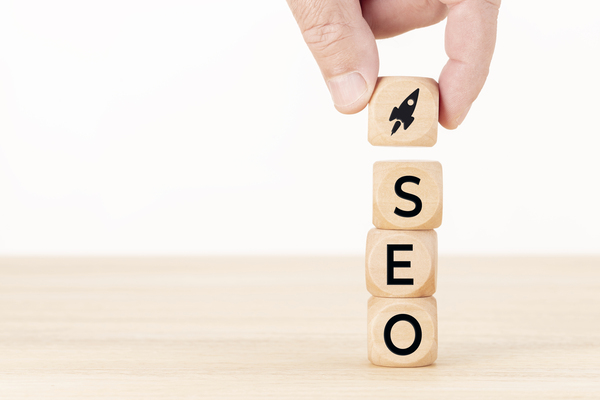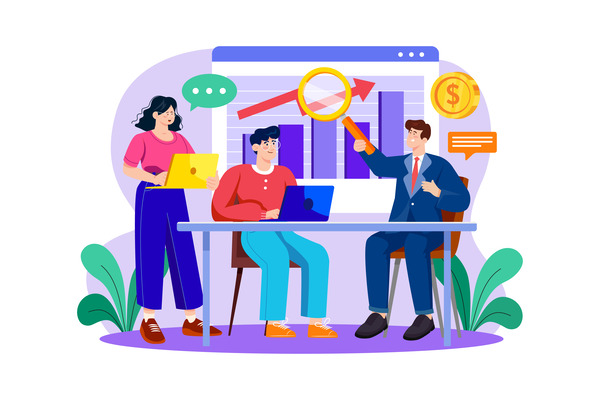The emergence of social media has revolutionized the digital marketing landscape. With over 4 billion people using social media worldwide, platforms like Facebook, Instagram, YouTube, Twitter, and LinkedIn have become crucial channels for businesses to connect with their target audience. Social media has influenced digital marketing strategies in various ways, transforming the way brands communicate, engage, and market their products or services. Right below, we will be sharing the impacts of Facebook, Instagram, and YouTube on paid advertising and organic promotions.
Facebook and Instagram Impact on Paid Advertising
Facebook has over 3.03 billion monthly active users which makes them the most popular social media platform in the world today. The statistics don’t lie since Facebook came out on February 4th, 2004 which makes them the pioneers in the social media industry. With so many people using Facebook for so long, the data collected such as information and content shared, networks and connections, engagements, purchase or transaction activity and so much more is valuable to digital marketers.
Paid advertising makes it easier to pinpoint users based on demographics, location, and interests. You can set up advertising to build brand awareness, engagement, leads, sales and more. After you set up a single post ad or carousel ad then you get to see how many people clicked on the ads, landed on a page, engaged with a post, and made a sale. Facebook has a robust system that helps you set up ad objectives, budget and schedule, audience targeting, and creative visuals and messages to provide the best user experience.
Instagram has over 2.35 billion monthly active users which makes them the 4th most popular social media in the world. Instagram launched in 2009 and it successfully got the attention of young users from around the world. Facebook is the owner of Instagram. Therefore, Instagram has similar data collection and algorithms for paid advertising as Facebook. Nonetheless, Facebook and Instagram are simultaneously used to advertise using ad objectives, budget and schedule, audience targeting, and creative visuals and messaging.
Facebook and Instagram Impact on Organic Traffic

Facebook and Instagram are helpful for collecting reviews, promoting content, spreading brand awareness, and commenting with the public. Furthermore, Instagram influencers are helpful with spreading positive or negative publicity. Therefore, the importance of sharing content on Facebook and Instagram is always under a microscope to prevent any bad publicity from posting something negative that can hurt a business or organization. Similar to Google reviews, Facebook reviews have a rating from 1 being the lowest to 5 being the highest.
Potential customers will always trust your business and feel comfortable making a purchase if the ratings and reviews are scored on a higher scale. Facebook and Instagram video sharing and going live are other usages that’s important for businesses to use so they can record the products or service for the public to watch. The impact of Facebook and Instagram images and videos will help promote the business with more followers, engagements, and great publicity as long as you continuously post and use hashtags.
YouTube Impact on Paid Advertising
Video sharing platform, YouTube is a popular video sharing and social media platform that was founded and launched on February 14th, 2005. YouTube is owned by Google, and it has more than 2.70 billion active users as of 2023. The popularity of YouTube has been growing steadily over the last 18 years. Most of all, other social media platforms started to use video as a way to keep up with YouTube’s popularity. Paid advertising on YouTube is easily one of the best ways for businesses to highlight their products and services on a promotional video that can last anywhere from a 5 second bumper ad to a 30 second video ad.
The types of YouTube video ads vary from skippable ads, non-skippable ads, bumper ads, overlay ads, and much more. The video ads can target users based on their Google search history as well as their YouTube search history. Moreover, the cost to advertise on YouTube can be affordable because advertisers can pay for clicks or views. The targeting options are segmented based on their demographics, interests and habits, actively researching or planning, and more detailed targeting that is vital for collecting quality leads and sales. For organic, YouTube is a popular platform to build brand awareness by sharing videos and livestreams of your business.
Organic YouTube Impact and Secrets
Growing your subscribers is an ongoing problem for any business or influencer who’s new to video creation. Let’s face it, the amount of competition is high on YouTube and the biggest hurdles to growing your YouTube channel starts with creating long and great content. Once you make your first video, then you need to optimize the title using a target keyword, write your target description, tag your video with popular keywords, categorize your video, and much more. You can read all about optimization techniques to push your video at the top of the YouTube search right here. Most importantly, you need to understand what your audience wants to watch so you’ll have to keep your videos entertaining so people can watch it until the end.
The algorithms that come with YouTube are precisely the same as Google search but it’s probably much more difficult to create videos, edit them out, and publish them. On the other hand, writing articles and optimizing them for search engines is much easier with on-page and off-page optimization solutions. The video below is by Henry Belcaster who is describing his journey to 1 million subscribers in 9 months. After that milestone, he thanks all his subscribers and highlights some of the video snippets from his uploads. When you create and upload YouTube videos, you need to remember that it takes more than one person to make it happen. Henry probably worked with a team of video editors, graphic designers, voice recorders, lighting, and many more people that helped him reach to one million subscriber status.
How Social Media Helps with Digital Marketing
One of the significant impacts of social media on digital marketing strategies is the democratization of brand-customer interaction. In the past, businesses had limited means of communication with their customers, primarily through traditional media channels. The rise of social media has changed this by allowing direct and real-time communication between brands and customers. Consumers can now engage with brands by commenting, sharing, and even messaging them directly. This has given businesses a unique opportunity to listen, respond, and build strong relationships with their customers.
Moreover, social media platforms have also become valuable tools for collecting customer feedback and conducting market research. Brands can use social media to gather insights into their target audience’s preferences, opinions, and behaviors. By monitoring conversations and analyzing consumer sentiment, businesses can fine-tune their digital marketing strategies, improve their products, and enhance the overall customer experience.
What is User-Generated Content
Social media has also given rise to user-generated content (UGC), which plays a crucial role in digital marketing strategies. UGC refers to any content created by users, such as reviews, testimonials, and photos/videos featuring a brand’s products or services. These user-generated posts act as social proof, helping build trust and credibility among potential customers. Brands often leverage UGC in their marketing campaigns, encouraging customers to share their experiences, and amplifying their reach through social media sharing.
Social Media Targeting and Influencers
Another key impact of social media on digital marketing strategies is the ability to target specific audiences with precision. Platforms like Facebook and Instagram allow businesses to create highly targeted advertisements. This level of targeting empowers businesses to reach the right audience at the right time, resulting in more effective marketing campaigns and higher conversion rates. Social media advertising also provides robust analytics and tracking capabilities, enabling brands to measure the impact of their campaigns, make data-driven decisions, and optimize their marketing efforts for better results.
Furthermore, social media has made influencer marketing an essential component of digital marketing strategies. An influencer is an individual who has a significant following or influence within a specific niche. Collaborating with influencers allows brands to leverage their credibility and reach to promote their products or services. This form of marketing can be highly effective as it can help businesses tap into new audiences and build trust through authentic recommendations. Social media platforms have facilitated the growth of influencer marketing by providing a direct channel for influencer-brand collaboration.
Challenges and Impact of Social Media
However, while social media has had a profound impact on digital marketing strategies, it also presents challenges for marketers. The speed at which information spreads on social media means that brands must carefully manage their online reputation and respond swiftly to any negative feedback or crises. Additionally, the ever-changing algorithms and advertising policies of social media platforms require marketers to stay updated and adapt their strategies accordingly.
In conclusion, social media has had a remarkable impact on digital marketing strategies. It has transformed how brands communicate, engage, and market to their target audience. From direct customer interactions to user-generated content and targeted advertising, social media has revolutionized the way businesses approach digital marketing. As social media continues to evolve, marketers must stay agile and leverage the opportunities it presents to stay ahead in an increasingly competitive digital landscape.




